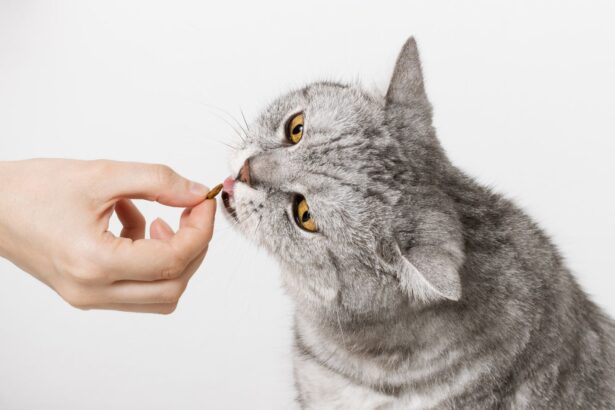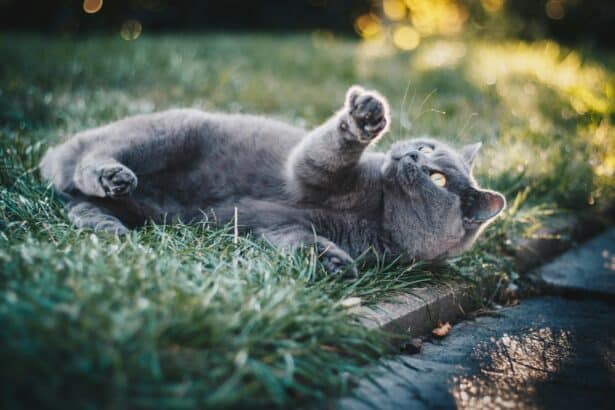Understanding the basics of gestation in cats
Feline reproduction, gestation period and symptoms
Feline reproduction is marked by regular cycles. The cat’s reproductive cycle, also known as “estrus”, generally runs from spring to autumn, but can also take place all year round for indoor cats. As a general rule, gestation lasts between 63 and 69 days, or around nine weeks.
The first symptoms of pregnancy in cats are not always easy to recognize. They may include increased appetite, behavioral changes such as increased cuddling or greater demand for attention. After about a month, the cat’s belly will begin to round out. The best way to confirm a pregnancy is to consult a veterinarian, who will use ultrasound or palpation to detect it.
The different stages of gestation
Feline gestation takes place in several stages. In the first few days, the embryos travel to the uterus and implant. Embryonic development then begins, during which the kittens take shape. From 20 days of gestation, a veterinarian can confirm gestation by palpation. Then, from day 30, fetuses can be viewed by ultrasound.
After six weeks, the fetal skeletons are visible on an X-ray, and the kittens’ movements can be felt by palpation. In the last days of gestation, kittens position themselves for birth, and activity drops slightly as they prepare to be born.
Caring for a pregnant cat
Necessary nutrition, care and attention
Nutrition plays an essential role in the health of cats and kittens. A pregnant cat should eat a high-quality diet specially formulated for pregnant or nursing cats. These foods contain the nutrients needed to support the healthy development of kittens and maintain the mother’s health.
In addition to feeding, a pregnant cat needs attentive care. This includes a quiet, comfortable, sheltered place where she can give birth. She will also need regular veterinary care to monitor gestation and prevent complications.
Preparing for the arrival of kittens
Preparing to welcome new kittens requires a little organization. You’ll need to prepare a comfortable nest for the mother and her kittens. A wide, low, cozy box is ideal. Place it in a quiet, draught-free area. It can also be useful to have a kitten first-aid kit on hand, in case of complications during delivery.
The birthing and post-partum process in cats
Recognizing the signs of impending labour
There are several signs that may indicate that your cat is ready to give birth. She often becomes more agitated, looking for a place to give birth or scratching the ground. She may also experience a drop in appetite, and finally stop eating a few hours before the kittens arrive.
Watch out for contractions, which are a sign that labor has begun. If in doubt, contact your vet.
Caring for your cat and newborns after delivery
Once the kittens are born, the cat will cut the umbilical cord and clean the babies. It is important to be discreet and not to intervene unless necessary for the kittens’ survival. Nurturing the kittens depends very much on the mother, but you can help by providing adequate food for the cat and ensuring that the kittens remain warm and secure.
Post-partum monitoring is also crucial to detect signs of complications, such as infections or lack of milk. If you have any concerns, always consult a veterinarian.
In short, understanding the gestation process in cats, as well as the care and attention required during this period, is essential to ensure the health and well-being of your cat and her future kittens. We hope this guide will help you navigate this unique and incredible time in your cat’s life.






